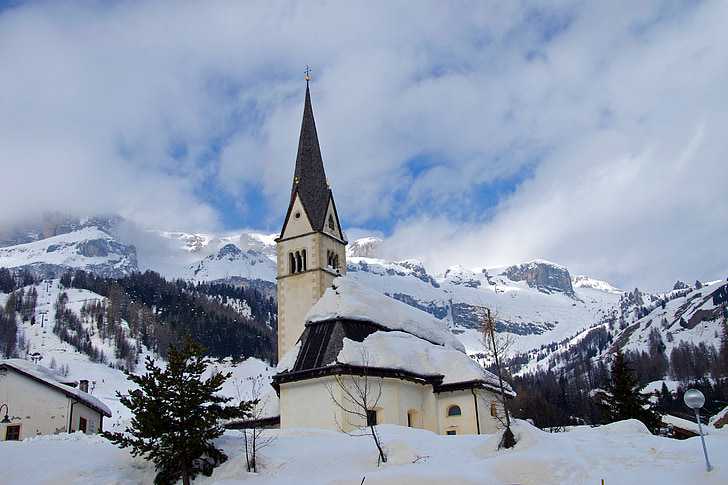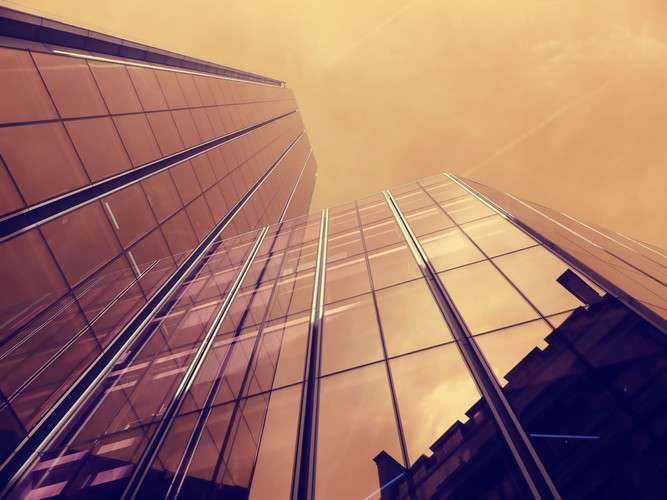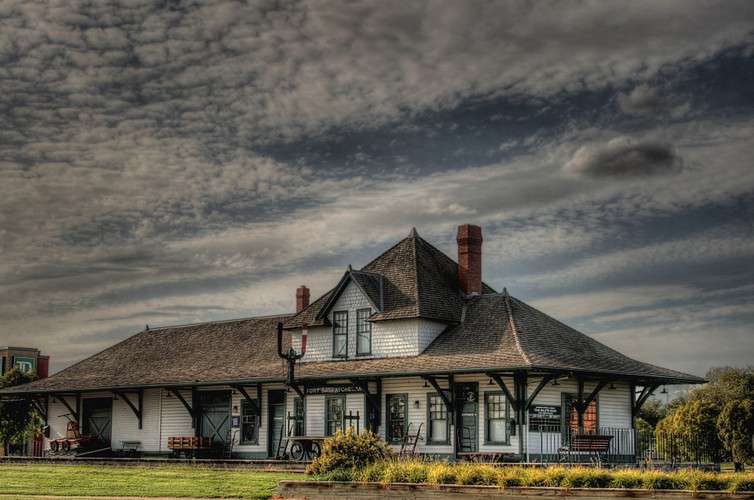In the realm of photography, there exists a vital tool that often dances in the shadows, humble yet powerful: flashguns. You may find yourself asking, what exactly is the use of a flashgun? Do I really need one? And what sets an on-camera flash apart from an external flash? Delve into the world of flashguns as we embark on an illuminating journey together. This captivating exploration aims to shed light on the mysterious allure of flashguns, revealing their true purpose and unravelling the distinctions that make them indispensable tools for photographers. Whether you are a seasoned professional or an amateur enthusiast, understanding the features and benefits of flashguns can be the key to unlocking the potential of your photographs. So, hold on tight as we navigate through the intricacies of flashgun functionality, exploring the compelling reasons why an external flash might just be worth your attention. Get ready as we step into the spotlight to demystify the enigma that is the flashgun.

What is the use of flashgun?
Flashguns, also known as camera flash or speedlights, serve a fundamental purpose in photography: to provide additional light when the available natural or ambient light is insufficient. These devices emit a burst of intense light that helps illuminate the subject, thereby enhancing the overall quality of the photograph. Flashguns offer photographers greater control over lighting conditions, irrespective of the time of day or the environment they are shooting in. They are particularly helpful in low light situations, such as indoor venues or during nighttime photography. By using a flashgun, photographers can fill in shadows, reduce harsh contrasts, and freeze motion, resulting in sharper images with more vibrant colors. Whether you are capturing portraits, events, or even macro shots, a flashgun can significantly enhance the final outcome and take your photography to another level. It is indeed a versatile tool that can bring out the details and create aesthetically pleasing visuals that may have been otherwise difficult to achieve.
Do I need a flash gun?
The need for a flashgun largely depends on your specific photography requirements and preferences. If you often find yourself in situations with poor lighting, such as indoor venues, dimly lit areas, or nighttime events, a flashgun becomes an invaluable companion. It allows you to have control over the lighting conditions, ensuring that your subjects are sufficiently illuminated. Additionally, a flashgun can help you add creative effects to your photographs, offering new dimensions to your artistic expression. However, if your photography mainly revolves around natural light, such as landscape photography or outdoor portraits during daylight hours, a flashgun may not be an absolute necessity. It ultimately comes down to the type of photography you engage in and the level of control you desire over lighting. Assessing your shooting conditions and considering your goals will help you determine whether investing in a flashgun is worth it for you.
What is the difference between on-camera flash and external flash?
The primary distinction between an on-camera flash and an external flash lies in their placement and the versatility they offer. On-camera flashes are integrated into the camera body and typically positioned above the lens. They provide a convenient, built-in lighting solution but have limitations in terms of power and flexibility. On the other hand, external flashes, also known as off-camera flashes or external speedlights, are detachable from the camera and offer greater control over lighting direction and intensity. They can be triggered wirelessly or connected to the camera via a synchronization cable. External flashes allow photographers to experiment with different angles, diffuse light with accessories like softboxes, and even employ multiple flashes for more complex lighting setups. The additional power and flexibility of external flashes make them a popular choice among professional photographers and enthusiasts who desire more control and creative freedom over their lighting.
What's a flashgun?
A flashgun, also referred to as a camera flash or speedlight, is a portable device used in photography to produce artificial light when natural lighting conditions are inadequate. It is typically mounted on top of the camera's hot shoe or operated off-camera to provide additional light, supplementing the existing ambient light. Flashguns consist of a flash tube that emits a brief burst of bright light when triggered, illuminating the subject and improving image quality. They often feature adjustable power settings, allowing the photographer to control the intensity of the light emitted. Flashguns can be manually triggered or operated in sync with the camera's shutter release. As a versatile tool, the flashgun finds applications in various genres of photography, including portraiture, event coverage, macro photography, and even creative light painting. Its compact size, ease of use, and ability to enhance image quality make it an essential accessory for photographers seeking to expand their creative possibilities and overcome challenging lighting conditions.
Is an external flash worth it?
Investing in an external flash can undoubtedly be worth it for photographers seeking greater control and versatility in their lighting. While built-in, on-camera flashes have their advantages, external flashes offer numerous benefits that can significantly improve the quality and creativity of your photographs. External flashes are generally more powerful than their on-camera counterparts, providing sufficient illumination over larger distances and allowing for better subject separation. They can be swiveled, tilted, and used off-camera, providing more control over the direction and quality of light. External flash units also support the use of various light modifiers, such as diffusers, bounce cards, and gels, enabling photographers to achieve a wide range of lighting effects. Whether you are a professional photographer looking to elevate your studio work or an enthusiast aiming for more striking images, an external flash provides the flexibility and control to transform your photography. It opens up new possibilities for creative lighting techniques, ultimately leading to captivating, well-lit images that stand out from the crowd.
Further Inquiries about flashguns
1. What are the different flashgun modes and when should I use them?
Flashguns offer various modes that cater to different lighting situations and creative preferences. The most common flashgun modes include TTL (through-the-lens) mode, manual mode, and automatic mode. TTL mode allows the flashgun to communicate with the camera, automatically calculating the required flash power based on the camera's metering system. It is useful for quick and accurate flash exposure in most situations. Manual mode, on the other hand, gives you complete control over the flash power, allowing you to adjust it according to your desired lighting effect. This mode is preferred by photographers who want precise control over the lighting and consistency in their shots. Automatic mode is less commonly used and relies on pre-determined flash settings for a given aperture and ISO. It can be useful in certain situations where a specific exposure is required repeatedly. Understanding and utilizing these modes can greatly enhance your flashgun usage and help achieve the desired lighting effects in different scenarios.
2. What are some common accessories that can enhance flashgun performance?
Several accessories can augment the performance and versatility of your flashgun. One essential accessory is a flash diffuser or softbox, which softens and diffuses the harsh light emitted by the flash, resulting in more natural and flattering lighting on the subject. Another useful accessory is a flash grid or snoot, which helps control the direction and focus of the light, allowing for more precise lighting effects. A bounce card or reflector can be used to redirect and bounce the flash off a nearby surface, creating a softer and more diffused light. Additionally, colored gels can be placed over the flash to modify the color temperature or add creative effects. Finally, an external flash trigger can enable you to use the flashgun off-camera, opening up opportunities for more creative lighting setups. Experimenting with these accessories can elevate your flash photography and bring a new level of versatility to your images.
3. How can I avoid common flashgun mistakes and achieve natural-looking results?
One common mistake when using flashguns is relying solely on direct flash, which can result in harsh and unflattering lighting. To achieve more natural-looking results, you can start by bouncing the flash off a nearby wall or ceiling, which softens the light by diffusing it before it reaches the subject. This technique helps create a more even and flattering illumination. Additionally, using a flash diffuser can further soften the light and minimize harsh shadows. Another tip is to be aware of the distance between the flashgun and the subject. Being too close can create an unbalanced exposure or overexpose the subject, while being too far can result in underexposure. Experimenting with different flash power settings and distances can help you find the right balance. Finally, paying attention to the white balance settings in your camera can ensure accurate color reproduction when using flash. By avoiding these common mistakes and experimenting with different techniques, you can achieve natural-looking results that enhance your images rather than making them look artificially lit.
Embracing the world of flashguns illuminates a realm of possibilities in photography. From understanding their fundamental purpose in providing additional light to exploring the distinctions between on-camera and external flash units, we have journeyed through a saga of light and creativity. We have discovered that flashguns offer control, flexibility, and the ability to overcome challenging lighting conditions, making them a valuable tool in a photographer's arsenal. Whether you choose to invest in an external flash or master the art of using on-camera flash effectively, the choice ultimately depends on your specific needs and preferences. By exploring the different modes, accessories, and techniques associated with flashgun usage, you can infuse your images with stunning and natural-looking lighting effects. So, step out of the shadows and embrace the power of flashguns to capture mesmerizing photographs that truly stand out.



